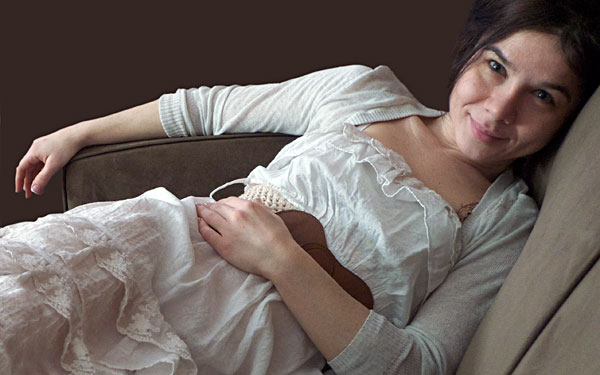This makes me smile, for I know that it’ll put some people’s nose out of joint. It just reinforces what I already knew, that I work for a good company.
Nestlé is in the 10 best global firms for corporate responsibility (CR) reporting, according to an independent survey published by audit, tax and advisory company KPMG. It was the only food and beverage business to make the top 10 list, which was compiled from an assessment of 4,100 firms across 41 countries and 15 industry sectors. Those entered in the list from other sectors included BMW, Ford Motor Company and Siemens. This latest recognition of Nestléfollowed the Dow Jones Sustainability Index naming the business as the leading food products company in its ranking.
Janet Voûte, global head of public affairs at Nestlé, said: “High-level commitment to transparency is very important to the quality of the report you end up with. Transparency helps us address problems, and there’s no doubt it contributes to better interactions with external stakeholders,” she said, explaining that Nestlé regularly holds forums and face-to-face meetings with key stakeholder groups, including non-governmental organisations.
The KPMG survey assessed companies using criteria including how they calculated risks and responded to those risks; how transparent and balanced their reporting was and how they reported on their suppliers and value chain. Nestlé was one of only 10 firms that scored more than 90 out of 100 in all of these criteria. The KPMG survey has been running since 1993 and includes an in-depth assessment of CR reports from the world’s 250 largest companies.


